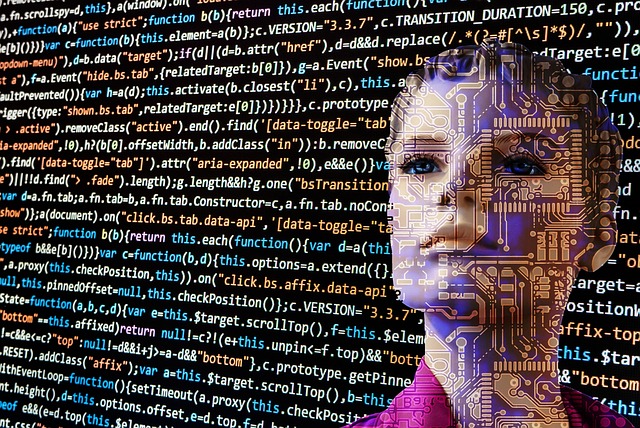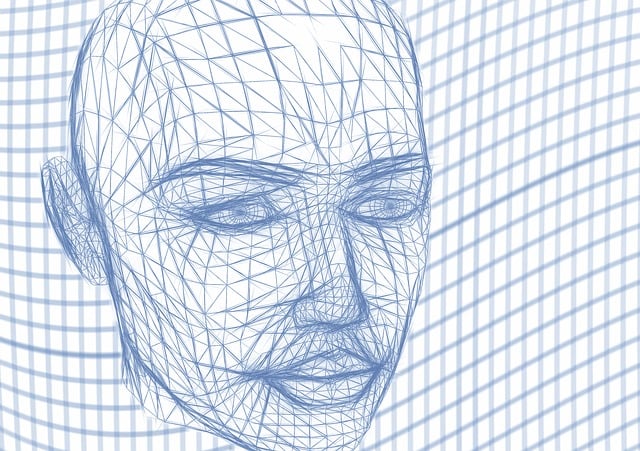
AI Can Help Prepare Techers For Future Publish Date : 24/06/2023
AI Can Help Prepare Techers For Future
By the help of the technological prowess of Artificial Intelligence (AI), it’s very easy to tech how can changes takes place in learning for future. However, we must remember that it is not the first technological revolution, which affects our education fields.
In the past, there is the arrival of the computer in the 1980s. People were excited, but they were also nervous because of losing their jobs or becoming irrelevant. There was a large upskilling requirement that lead to boom in the business of the IT Training Companies.
Coding skills and the use of Word and Excel become useful tools that instantly got integrated into the job economy as the essential skillsets to generate and boost the employment opportunities.
It is imperative to explore that how can we prepare ourselves for the next explosive change now. Artificial Intelligence (AI) is everywhere at the time and is become essential skill that our classroom school systems, and universities and education systems and it need to respond.
In this a few steps have been taken by the government in the right direction. The Central Board of Secondary Education (CBSE) has already introduced the AI as a subject for grades IX, X and as an elective for grades XI and XII. These are the great systemic change’ however, the desired outcomes and scale cannot be achieved unless we integrate AI into the classrooms more inclusively and upskill our teachers.
Way to forward

Now we need to look at AI by the two different ways, first, how the AI can make our education better, and the second, we need to look that how AI can be taught at scale and more inclusively in our classrooms.
Instead of making teacher wary and suspicious about the AI tools like ChatGPT, we need to empower them to use these tools for their benefit. Imagine, if averaged well, ChatGPT can become a back–office assistant for teachers who always overworked with various teaching and administrative assignments. They can free up time and sped that learning the other things which are necessary.
Some AI tools can also be used by the teachers and the educators to create personalized learning paths for the student based on individual learning styles.
Capstone the Projects:
Students can be given capstone projects based AI with the focus on building problem–solving skills. We need to encourage them to think and innovate about how to use this technology to generate local impact for their community.
Make Artificial Intelligence across the Subjects:

Artificial Intelligence cannot be seen as a specialized skill set only for the computer science students. Even the Political Science, Psychology and the History students need to be taught Artificial Intelligence so that they can leverage the same in their chosen fields. Non–computer science teachers need to be trained in the Artificial Intelligence as well.
Set up a helpline for Artificial Intelligence Teachers:
For the student to be able to undertake assignments and the projects on Artificial Intelligence, we need to first equip all our teachers. They need to be able to answer queries and mentor students in the using of these tools. And in addition to a robust training system on Artificial Intelligence, we need to setup a teacher’s helpline to provide the support in real time.
Let us use the of latest technology wave as an opportunity to completely change and rework our education and empower our teachers to be at the forefront of the Artificial Intelligence revolution.
The way to engage the students in digital age
The task of keeping students engaged and motivated is the most significant challenge to teachers, especially with the increasing complexities brought on by digital disruptions. Teachers are grappling with strategies to prevent the students from zoning out during the class.
The vast array of the technological recourses have opened up the new possibilities for effective teaching. One of the most important strategies for engaging and inspiring students is to incorporate technology in the classroom. It includes the following strategies:
- Incorporating multimedia elements such as videos, audios etc. into the lesson plans.
- Using educational apps and software to supplement class room instruction.
- Using the digital tools for assessing students learning also to track their progress and areas that need the improvement.
- Utilizing online collaboration tools to facilitate group project and discussions.
- Providing personalized learning experience by using the technology effectively, teachers can create a more dynamic and engaging classroom environment that
- Encourages students to participate and collaborate with others.
- Utilizing social media platforms to communicate with students and their parents.
- Although not all the teachers may have access to a wide variety of technology tools, this should not hinder them from getting well acquainted with the global trends and utilizing the other methods to develop innovative pedagogical practices.
Gamification in the classroom

Another key strategy is to use the gamification in the classroom. Gamification involves game–like elements to teach and reinforce concepts. This can include leaderboards, badges and other rewards to motivate the students to learn. Non–digital gamification is also a powerful tool for fostering learning. Therefore, by incorporating gamification (with or without technology) teachers can make learning more fun and engaging for students.
Collaborative is another valuable approach to engaging and motivating the students. Through the teamwork on assignments and the projects, students learn from each other and develop essential skills. Online platform such as Google Classroom or Microsoft Teams can facilitate collaborative learning, enabling to students to work together in the real time.
To create a more dynamic and engaging learning experience that caters to different learning styles; teachers can integrate multimedia resources such as videos, animations, podcasts and interactive simulations into their lessons to supplement traditional lectures and the textbooks. These resources can capture the students’ attention and make complex concepts more accessible and engaging.
Another approach is to offer personalized learning experience that caters to individual students’ needs. The use of adaptive learning platforms and software provides personalized feedback and adjusts content based on students’ progress. Encouraging active learning creativity and collaboration by assigning project–based activities that challenge students to apply their knowledge, think critically and solve real–world problems is essential.
Virtual field trips, simulations and 3D models can transport students to different places and the time periods, allowing to interactive exploration and the understanding of complex concepts.
Digital storytelling platforms, coding applications, virtual and augmented reality tools can facilitate immersive learning experiences.


